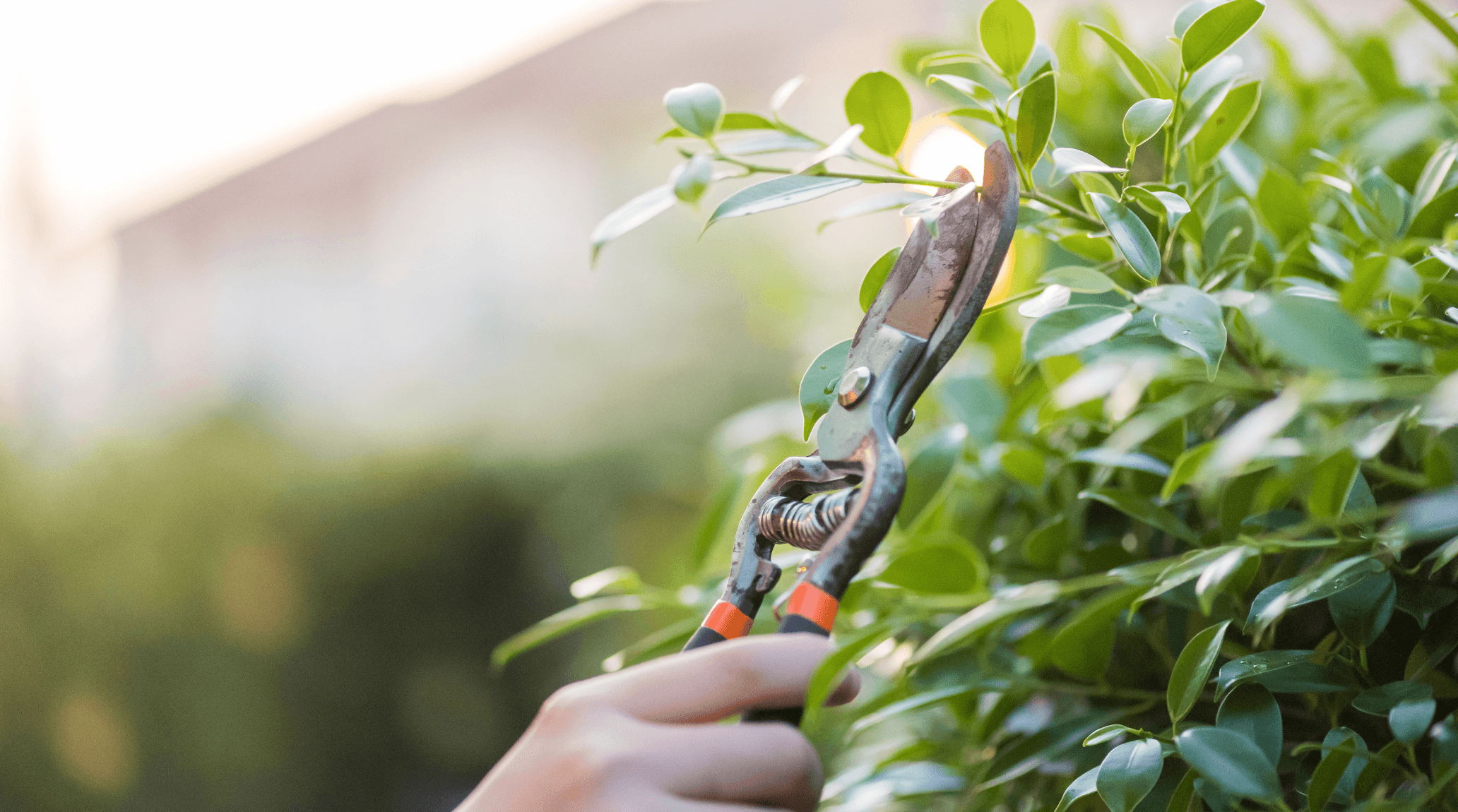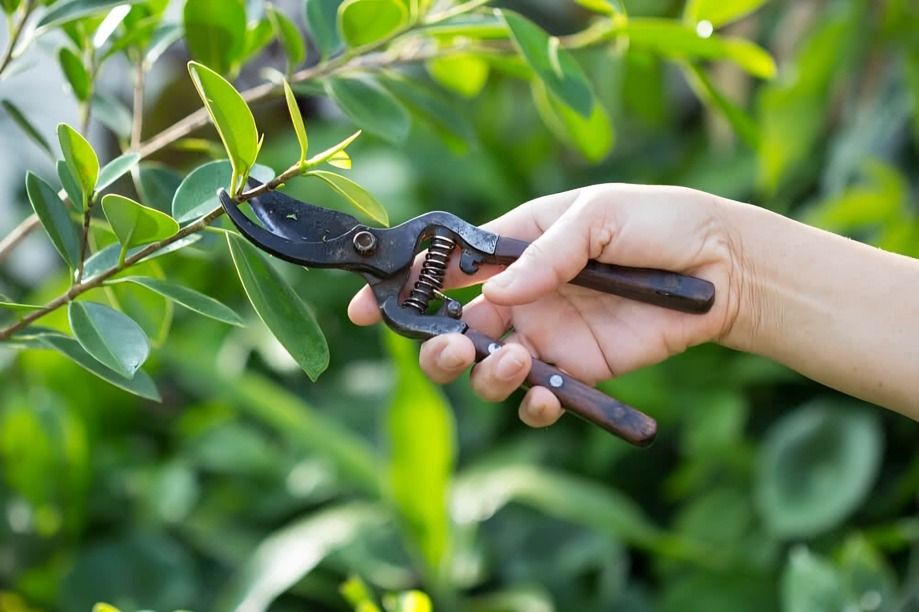
“
Pruning is a crucial gardening practice that provides a wealth of benefits to plants, contributing significantly to their overall health and longevity. By understanding the benefits of regular pruning for plants, gardeners can ensure their plants remain vibrant, productive, and well-formed. This technique not only enhances the shape and structure of plants but also plays a pivotal role in preventing disease, improving fruit production, and supporting vigorous growth. 1
1
”
Pruning serves multiple purposes, including shaping plants, maintaining size, and repairing damage. It also enhances vigor, encourages flowering, and promotes overall plant health. Timing varies based on the specific plant and the reason for pruning.1

Pruning removes dead, damaged, or diseased branches, allowing the plant to focus its energy on healthy growth. This practice helps reduce the risk of disease and insect infestation, keeping the plant vigorous and robust.
Regular pruning is essential for maximizing fruit production in fruit-bearing plants. Removing old wood and thinning out crowded branches not only improves the plant's overall health but also enhances its fruit yield. 2
Pruning helps maintain an attractive plant shape and structure. By selectively cutting back overgrown or misshapen branches, gardeners can keep plants looking tidy, well-formed, and aesthetically pleasing. 3
Thinning out dense foliage through pruning improves air circulation within the plant. Better airflow reduces the risk of fungal diseases and ensures more even light distribution, which is crucial for healthy growth. 4
To prevent the spread of fire blight disease, avoid pruning susceptible trees, shrubs, and fruit trees during bloom time or shoot elongation when high humidity and elevated temperatures prevail, and ensure that pruning tools are disinfected before and after use.5
Pruning can stimulate flowering in ornamental plants by cutting back old blooms and thinning out weak branches, which encourages new growth and improves overall plant vitality, while also allowing better light penetration to the inner parts of the plant. 6
Pruning helps control the size of plants, making them more manageable, which is particularly important for trees and shrubs in small gardens, where space constraints require careful size management. 7
Removing potentially dangerous branches through pruning reduces the risk of them falling and causing damage or injury. Regular maintenance ensures weak or dead branches are safely removed. 8
Pruning the top growth of a plant can encourage stronger root development. By reducing the plant's overall size, the roots can focus on establishing a more robust underground system, ultimately leading to improved plant stability and nutrient uptake.9
Pruning can remove old or dead branches by cutting back overgrown or woody stems, which stimulates fresh growth and restores the plant's vitality, helping it recover from years of neglect, and enhances its overall appearance and health.10
Pruning allows more sunlight to penetrate the interior of the plant. Increased light exposure promotes photosynthesis, leading to healthier plants with improved growth and productivity, and encourages more abundant and vibrant blooms.11

Pruning improves access for pollinators like bees and butterflies. By removing dense growth, flowers become more accessible, encouraging pollination and increasing the likelihood of fruit set, which enhances overall fruit yield and quality.
Fruit trees, nut trees, and most small fruits (such as blueberries, grapes, and blackberries) produce flowers and fruits on the growth from the previous season. Typically, they are pruned during the dormant season, which occurs in winter or early spring. 12
Pruning in late fall or winter can promote dormancy in some plants. This period of rest allows the plant to conserve energy and prepare for vigorous growth when spring arrives, ultimately leading to a more robust and healthier growing season.13

Well-pruned plants enhance the overall aesthetics of a garden or landscape. Neatly trimmed trees and shrubs create a polished and professional appearance, adding visual appeal to any outdoor space.
Regular pruning can extend the lifespan of plants by maintaining their health and structure. Properly cared-for plants can continue to thrive and add beauty to the garden for many years, while also reducing the risk of disease and structural issues.14
Pruning encourages growth in plants. By cutting back the tips of branches, gardeners stimulate the development of multiple new shoots, resulting in a denser and more compact plant, which enhances the plant's overall aesthetic appeal and vigor.15
Pruning allows gardeners to customise plant shapes for specific uses, such as creating hedges, topiaries, or espaliered trees. This level of control enables the creation of unique and functional garden features. 16
The BOMA Trimming machine is specifically designed for trimming, pruning, and cutting spherical plants and shrubs. It boasts high working efficiency and can trim shrubs into a standard ball shape, making it ideal for creating precise, uniform hedges and topiaries.17


